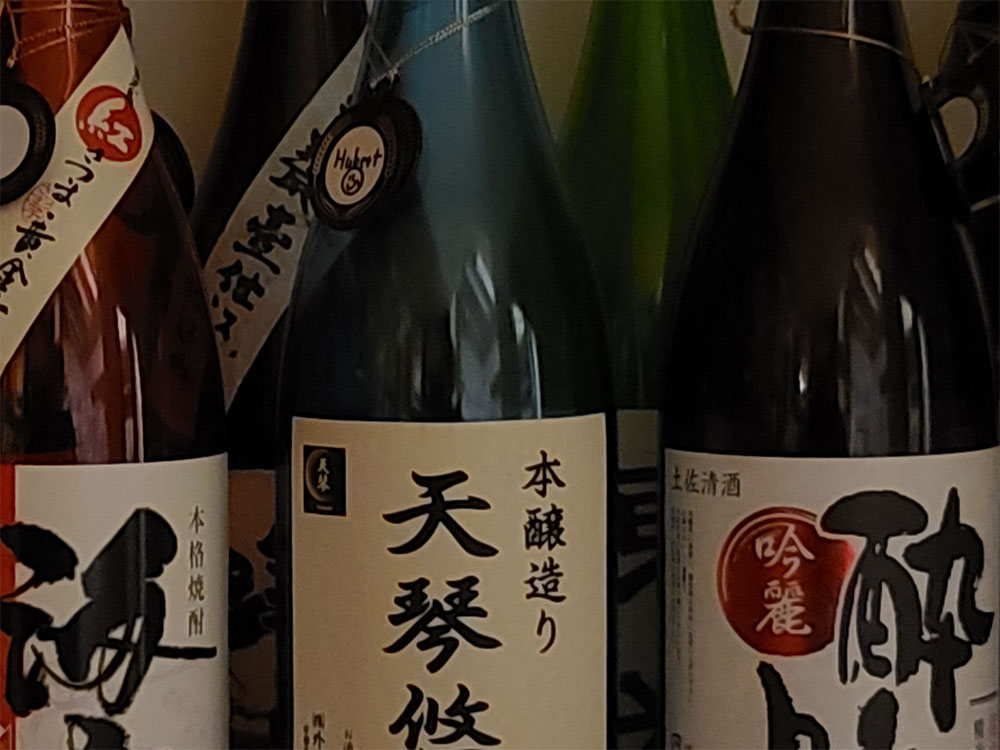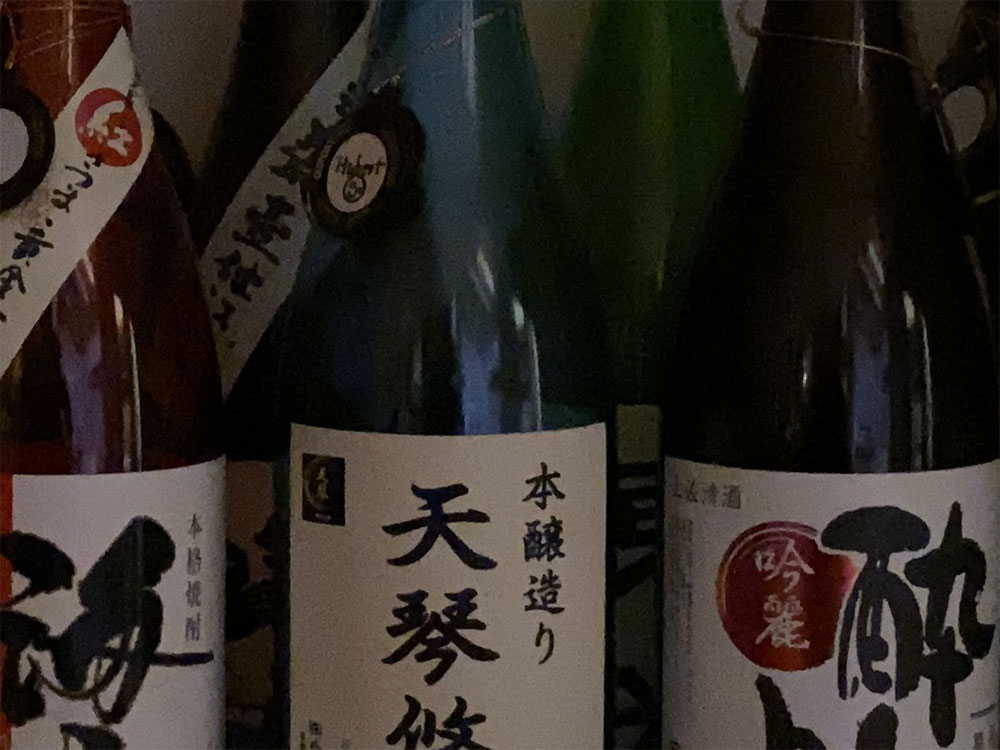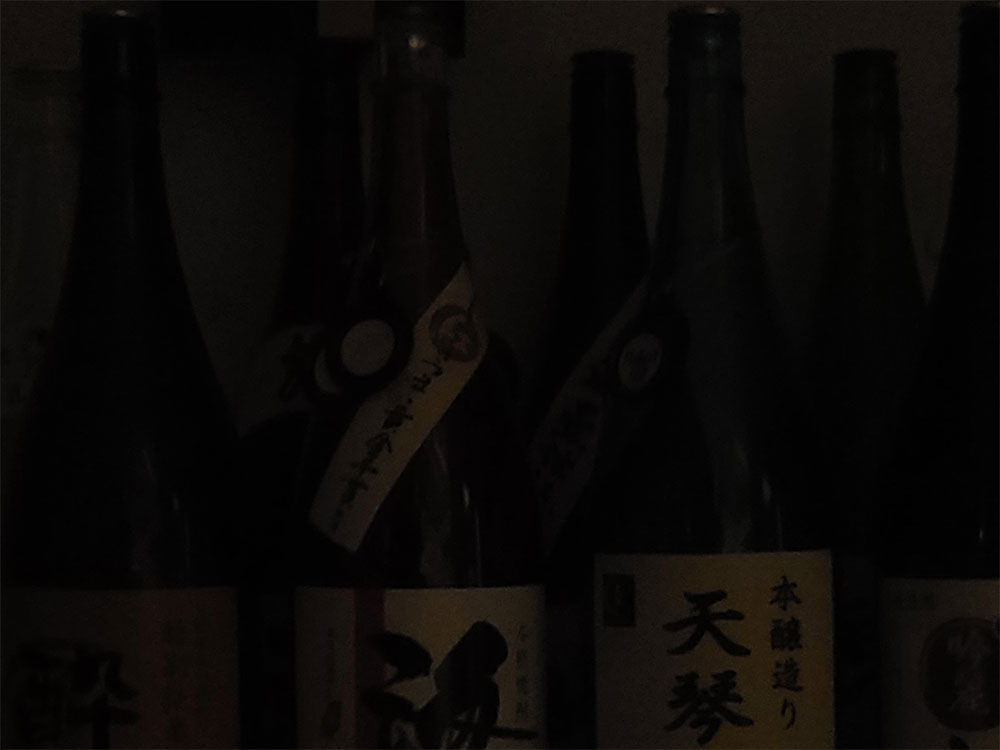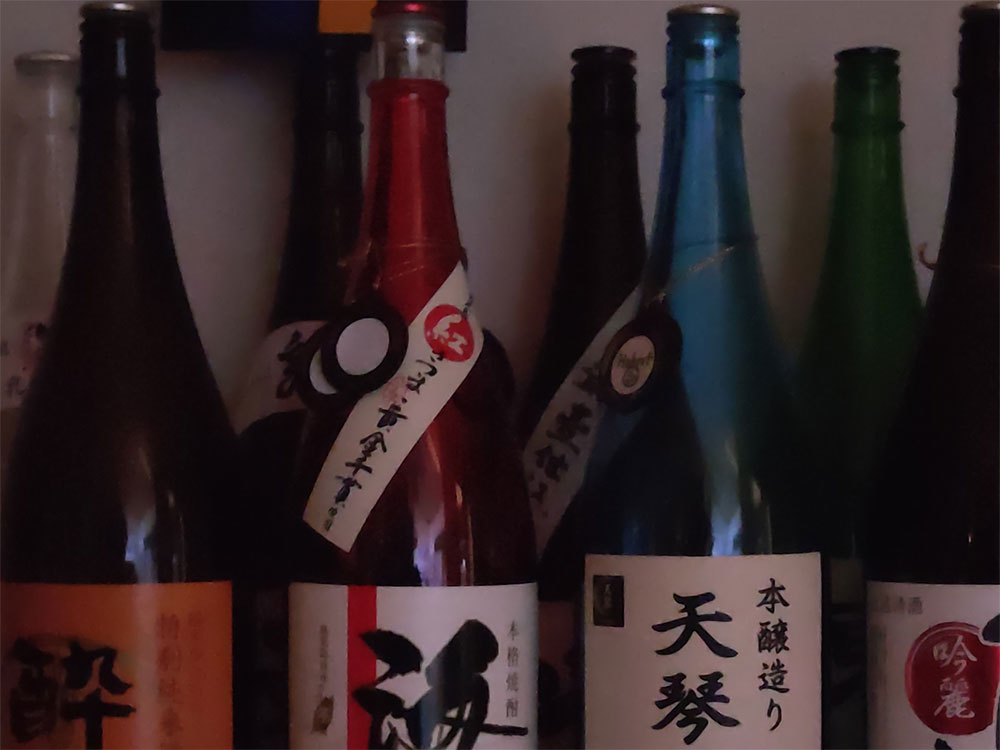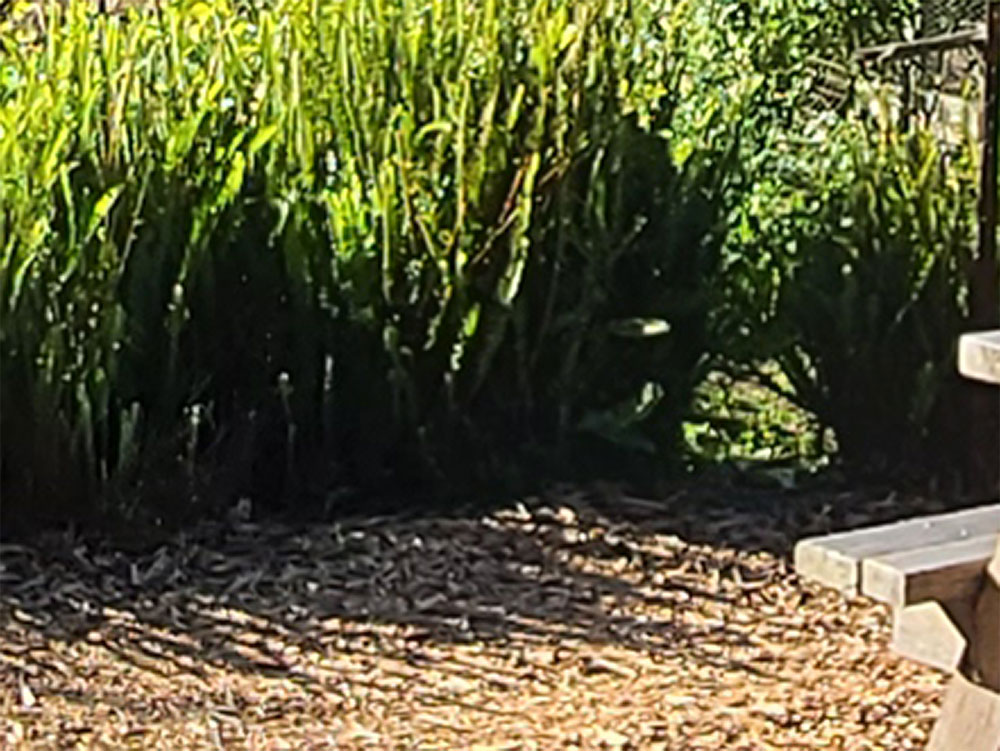
Unlike competitors, the Galaxy S20 Ultra integrates the 108 Megapixel resolution (12000×9000) as one of the resolutions in the “auto mode”, so users can set it as the default maximum resolution. It’s really interesting because it’s the first time we’re going to use the full resolution of the sensor in our tests.
Other phones treat their maximum resolution (40/48/64/108 megapixels) as a special “mode” that users have to switch to, making their use much less likely. By default, they run at 1/4 resolution which goes from 10 to 27 megapixels.
Key Camera Specifications + What’s New
- Rear Camera System (3 cameras + ToF sensor)
- Ultrawide: 13mm 12-MP f/2.2 ultrawide
- Primary: 25mm 108-MP f/1.8 wide (Primary)
- Zoom: 103mm 48-MP f/3.5 zoom long
The Samsung Galaxy S20 Ultra represents a major escalation of the Samsung Galaxy S camera hardware setup. The Galaxy S10 and Note 10 primary camera was the ultimate evolution of the Galaxy S9, which was a derivative of the Galaxy S8 camera but with a much better lens.
The primary sensor is nearly 3X larger as the Galaxy S10’s and we estimate that the lens gathers ~2X more light. Only the recently reviewed Mi Note 10 camera boasts such a sensor, likely because it is the same one, designed and manufactured by Samsung, the Samsung S5KHMX (Samsung has not confirmed this, but it’s the only one that matches).
The S20 Ultra comes with a new long-zoom (80mm+) with a 35mm-equivalent focal length of 91mm. That’s not the craziest we’ve seen (Huawei P30 Pro camera has a 135mm zoom) but for zoom-lovers, 91mm is a huge boost from last year’s 52mm.
The 12 Megapixel ultrawide camera keeps a 13mm lens, but although the resolution went from 16MP down to 12MP, the sensor size has increased by nearly 50% since Galaxy S10/Note 10.
You can find more detailed camera specifications and general technical data on our Galaxy S20 Ultra specs page.
Image Quality Analysis
Important: let’s clarify some terminology we’ll be using:
- “image processing”: software work that improves the image data quality
- “image filtering”: software work that changes the style (aesthetic) of the photo.
- “context photo”: a great approximation of what we see
- Including how dark the scene actually is
- Only to provide the context of the shot.
- Not a quality benchmark
A note about the CAMERA IQ benchmark: our camera scoring system is based on four “Pillars” or sub-scores that provide much-needed nuance: day, night, zoom and ultrawide photography.
Daylight Photography
Daylight photography is one of the areas that is most impacted by the introduction of Samsung’s 108MP image sensor, especially since 108MP is available as one of the resolutions in “auto” mode, the mode that nearly everyone uses all the time. We’ll use the garden scene several times to illustrate different things since it features many things we need for daylight photo comparisons.
We’ll show you how the S20 Ultra fares against the best daylight camera du jour: the Mate 30 Pro.

Context photo: what we’re looking at
Out of the box, both phones capture a very good representation of the scene, with the Huawei Mate 30 pro having an advantage with HDR photography. That’s most visible in the lower-left of the photo where things are a bit too dark on the S20 Pro, but well exposed on Mate 30 Pro.
Below, looking at the level of detail reverses completely which camera has the advantage. The Samsung Galaxy S20 Ultra 108MPcaptures amazing details. It is not a gimmick and lets users crop and re-frame more freely than ever before.
"THE SAMSUNG GALAXY S20 ULTRA 108MP CAPTURES AMAZING DETAILS"Daylight photography conclusion
The S20 Ultra and the Mate 30 Pro tower high above the rest of the competition, for very different reasons. If you really want great exposure and HDR out of the box, the Mate 30 Pro will do that very well.
If you prefer to capture in amazing details, the Galaxy S20 Ultra is the camera of choice, but with a lower-performing HDR. Obviously we would want the best details AND the best HDR in the same camera, but that’s not for today.
| Daylight score | |
|---|---|
| OnepPlus 7 Pro | 186 |
| Galaxy Note 10 | 187 |
| iPhone 11 Pro | 189 |
| Huawei Mate 30 Pro | 196 |
| Samsung Galaxy S20 Ultra | 225 |
Night Photography
In this section, we will mention the term LUX a few times. It is basically a unit used to measure Brightness, and you can learn more in our What is LUX page. A full moon night is 0.3 LUX, Twilight is 10 LUX and office lighting is 300 LUX for example.
The kind of scene below is challenging for any camera because it has colors, highlights, contrast, well-lit and shady areas in the same view.

Context photo: what we are looking at
Below, you can see how the Huawei Mate 30 Pro and the Mi Note 10 both significantly modify the general color and luminosity/contrast of the scene.
A change is color hue is troublesome to fix for most users, and the loss of shadow/contrast information due to image filtering is usually not recoverable. Always remember that Brighter is not always better when it comes to night photography.
At the same time, the Galaxy S20 Ultra and the iPhone 11 Pro do a better job of capturing color hues that are closer to the original scene. Both phones would need a ~15% color saturation boost to get as close to the original scene as possible, but that’s a very easy edit on the phone.

Context photo, cropped
Below, you can again see how well the phones have captured the color hues and general brightness/contrast of the scene. However, the iPhone 11 Pro photo is much noisier than the Galaxy S20 Ultra’s, and a lot of details is lost as well: part of the wires disappear, and even the word “Street” has become unreadable on the iPhone 11 Pro.
"THE GALAXY S20 ULTRA CAMERA COMPLETELY DOMINATES THE IPHONE 11 PRO AT NIGHT"Even the gutter on the house behind has partially disappeared and so are the house siding details to the left. The Galaxy S20 Ultra camera completely dominates the iPhone 11 Pro at night.
The comparison with the Mate 30 Pro shows an aggressive noise-filtering from Huawei which causes a small loss of Texture on the yellow house. However, because the Mate 30 Pro brightens everything and shoots with high-ISO, extra Details and Texture is revealed on the brown house in the back.
The Galaxy S20 Ultra does have a slight advantage when it comes to resolution, so if you re-frame or crop an image, it might make a noticeable difference.
The Xiaomi Mi Note 10 has a similar strategy as the Mate 30 Pro with lighting up the background and manages to capture some a slightly higher level of detail than S20 Ultra. However, the “white” street sign is a reminder that more tuning is needed in the color department.
No HDR photography (~0.5 LUX)
In soft lighting, with no strong highlights, the Galaxy S20 Ultra camera performs extremely well and captures life-like colors and mood.
In the colored bottles scene, the Galaxy S20 Ultra best captured the original mood and lighting of the scene, when compared to the Huawei Mate 30 Pro and Mi Note 10, the two best Android cameras previously tested. We’ve added the iPhone 11 Pro for reference as well.
Below, the Mate 30 Pro greatly changes the colors, shifting to an orange tone, and contrast. In the background, you can see a noise pattern that is a little bit blocky as well.
Below, the Mi Note 10 captures great details, in fact slightly better than the Galaxy S20 Pro, but also changes the original highlights and color tones to output a good quality image, but with a loss of control for the photographer.
Below, the iPhone 11 Pro has a hard time to keep up. Note that we took this picture without the ultra-long exposure mode, to compare Apples to Apples (no pun intended). Obviously, these Android handsets also have such modes, but that is more of an artistic matter than an Image Quality problem.
In any case, the noise on the iPhone Pro 11 is very noticeable, and the colors are much more muted than they should be. From a camera point of view, this will be a long spring and summer for Apple users, before the next iPhone comes out in late September.
Cropped photos will offer additional insights. Both the Mate 30 Pro and the Galaxy S20 Ultra can capture great details, but looking at some of the Chinese characters, the S20 Ultra’s photos preserve small details a bit better, while the Mate 30 Pro’s sharpening filter renders some of them unreadable.
The noise pattern of the S20 Ultra is also finer and some details, such as the green bottle outline in the back, are sharper and natural-looking on the Samsung phone.
The Mi Note 10 is a much more contested comparison, as it uses the same 108MP sensor as the Ultra, but different image processing and filtering strategies. In this round, the Mi Note 10 holds a slight advantage with fine details, probably for two reasons:
- it probably fuses fewer images during the multi-frame noise reduction. Depending on the quality of your frames re-alignment, things may get a bit fuzzy
- its image-filtering is not as strong as the S20 Ultra’s. If you look at the small characters on the red bottle, you can see that the Samsung camera’s contrast filter makes the characters a little bit bigger with a halo (ringing) around them. However, this pixel expansion and color filtering can damage very fine details.
The Galaxy S20 Ultra is better than the Xiaomi Mi Note 10 at capturing the overall scene (colors+mood+details). From up-close, the Mi Note 10 gets slightly better details that can make a difference depending on the Texture of the subject. If you don’t need to crop or zoom in, the Galaxy S20 Ultra has much better controllability because the photo is closest to what you see.
The comparison with the iPhone 11 Pro speaks for itself. The vastly superior hardware of the S20 Ultra is overwhelming for the 11 Pro, which has a hard time to capture things like the thin cord handing on the blue bottle and the small details of the medallion and elsewhere.
Night Vision (~0.05 LUX)
If we bring down the brightness to 0.05 LUX (the equivalent of moonlighting), the Samsung Galaxy S20 Ultra will capture a very dark photo, which is “life-like” (it’s what you see), but in that situation, it’s debatable what the user intent is.
Interestingly, the S20 Ultra hardware is -in theory- capable of capturing better “night-vision” images, so it is likely a tuning choice from Samsung not to go beyond ISO-3000, even if the sensor is capable of at least ISO-19602, as demonstrated by the Mi Note 10.
At this Night Vision game, the Mate 30 Pro remains the champion, retaining impressive details in near-total darkness. We suspect that this kind of situation remains relatively uncommon in the real world, but this capability does contribute to our Night photography score.
12 or 108 Megapixel at night?
Since Galaxy S20 Ultra users can pick both, what’s the difference? Below is a good example of how different they look, and it’s not THAT different for Night Photography.
Things are a little less pixelated if you crop them, but perceptively, it’s quite similar. Given that the 108 Megapixel photos occupy about 2X the storage, users can decide if the small difference in quality is worth the extra space. Maybe the answer to this is a 27 Megapixel option…
Night photography conclusion
The Samsung Galaxy S20 Ultra night photography performance is overall the best as it can capture the original colors, details, and mood of the scene, giving the photographer a lot of control and ultimately more creative options with night shots. Samsung has recaptured the night photography crown.
If users want a Huawei or Xiaomi image color-filtering “style”, it is completely achievable using the S20 Ultra photos as a starting point. The opposite isn’t true.
"SAMSUNG HAS RECAPTURED THE NIGHT PHOTOGRAPHY CROWN"From a camera benchmarking standpoint, Samsung should have had a Night Vision mode, just like the Mi Note 10. The hardware can achieve it, so it ultimately becomes a choice that the company has to make, but it would have helped rank even higher with our Camera IQ score.
| Night score | |
|---|---|
| Xiaomi Mi Note 10 | 193 |
| Galaxy Note 10 | 194 |
| iPhone 11 Pro | 194 |
| Huawei Mate 30 Pro | 211 |
| Samsung Galaxy S20 Ultra | 242 |
Ultrawide Photography
The Galaxy S20 Ultra has a 13mm focal length, so it’s one of the more extreme versions of a UW camera. The iPhone 11 Pro’s is 14mm, the Mi Note 10 is 16mm and the Mate 30 Pro has an 18mm lens. As we compare the “image quality” (IQ) aspect of these cameras, keep in mind that they capture very different fields of view.
The S20 Ultra hardware has been upgraded from Galaxy Note 10 and S20U features a sensor that we estimate to be ~60% larger, with a lens that can gather 50% more light. The number of pixels went 16M down to 12M, but each of the 12M pixels of the S20 Ultra UW camera is 40% larger.
| Ultrawide Camera | ||
|---|---|---|
| Name | S20 Ultra | Note 10 |
| Focal Length (35mm) | 13mm | 13mm |
| Megapixel | 12-MP | 16-MP |
| Aperture | f/2.2 | f/2.2 |
| Sensor Pixel Size | 1.4 µm | 1 µm |
| Max. Photo Resolution | 4000×3000 | 4608×3456 |
Daylight ultrawide photography
With its camera hardware upgrade, the Galaxy S20 Ultra captures slightly better photos than the Galaxy Note 10+ ‘s ultrawide camera, with a bump in details. Both capture agreeable and life-like colors but there are differences between the two. We can use the garden scene to illustrate that:

Context photo: for color and scene mood reference. 24mm shot (not ultrawide)
Below, both phones capture the scene very well, with life-like colors and excellent preservation of the scene’s mood, lighting, and brightness. There are small differences in contrast and saturation, but both are great ultrawide cameras.
Below, we show that the S20 Ultra has better details on the outer edge of the image, but at the center (which is usually the lens’ sweet spot) the detail and texture are comparable to the Galaxy Note 10 / Galaxy S10+. The rocks are located on the lower-left of the scene.
Below, the Galaxy S20 Ultra also uses a lot more image filtering than the Galaxy Note 10, and not always with a better outcome. The cropped image below shows that for a similar level of detail in the center.
The extra filtering of the S20 Ultra adds white artefacts by artificially increasing the natural white highlight. It makes the image noisier and a bit less natural-looking.
Below, a comparison with the Mate 30 Pro’s ultrawide camera shows how much better Mate 30 Pro is with the HDR capture. The Galaxy S20’s dynamic range isn’t wide enough to capture small details in the dark areas (details we can see with the naked eye).
Note that “how fine the detail is” is not 100% relevant because the Mate 30 Pro has a much narrower field of view (18mm vs 13mm). The fact that it can capture what’s in these shaded areas is the main point.
Finally, we took a shot of a poster hanging on our office wall to show you more differences. The brightness is ~120 LUX, and the image comparison shows how the Galaxy S20 Ultra got better noise reduction, but also how the extra contrast filtering makes the image’s lighting look a bit harsher.
Low-light ultrawide
Night-time Ultrawide photography is difficult because Ultrawide (UW) cameras suffer from vignetting more than regular mobile cameras. Vignetting means that much more light hits the center of the sensor and fades out away from that center, making it difficult to capture image data. It is usually not as much of a problem during daylight photos because there’s plenty of light available.

Context photo (24mm) for colors and brightness reference
Below: color aside, the Galaxy S20 Ultra’s ultrawide camera seems equivalent to the Galaxy Note 10’s ultrawide camera when it comes to the general level of details. It is evident that the color capture is more realistic than the S10-series of 2019, and that’s a great thing for controllability.
Below, you can see the iPhone 11 Pro’s UW camera struggling to capture light in general, but especially away from the photo’s center. And it’s not just “darker”, some details are visibly gone, and this is not even looking at a 1:1 scale.
Finally, the Mate 30 Pro is another beat altogether. Going from 13mm (Samsung) to 18mm (Huawei) in focal length makes a huge visual difference as the Mate feels much less “ultrawide” than the S20’s camera.
But we’re focusing on the image quality here, and the Mate 30 Pro’s UW camera does an excellent job with Details and Texture. Colors are on-point enough to be editable to look natural, and the contrast is well preserved too.
Let’s take a look at cropped photos to see what kind of difference in Details and Noise we have between these different phones. Below is our reference shot, just so you know what we are looking at:

Context photo: what we’re looking at (cropped)
Above, the differences between Galaxy Note 10 and S20 Ultra (ultrawide) are becoming clearer, and that’s a great example of why cropped photos are so important. Not only the colors of the S20 Ultra are more on-point, but the noise level is visibly lower, and things like text are more readable. Just look at how “Potrero” is smudged on the Note 10, but readable on S20 Ultra.
Below, the iPhone 11 Pro’s ultrawide camera is having a tough time in low-light conditions, and it’s far from being the weakest UW camera we’ve tested. Lots of room for improvement.
Below, the Mate 30 Pro UW camera may not be as wide, but that’s partially why it can capture many more details (of a specific area). Its camera has a huge sensor, which is equivalent in size to the Primary camera sensor of that same phone, and the image quality is top-notch. Having a narrower fields-of-view helps, but even if we compared the same pixel area, it would win.
Ultrawide photography conclusion
The Samsung Galaxy S20 Ultra ultrawide camera does bring incremental improvements over the Galaxy Note 10 to reinforce Samsung’s position in that space. The noise reduction helps prop up the image quality, but some of the additional processing could be more muted during daylight photography.
| Ultrawide score | |
|---|---|
| iPhone 11 Pro | 117 |
| Xiaomi Mi Note 10 | 130 |
| Galaxy Note 10 | 140 |
| Samsung Galaxy S20 Ultra | 154 |
| Huawei Mate 30 Pro | 172 |
Zoom Photography
“long zoom” photography or high-powered telephoto lenses have been the talk of the town in 2019, with OEMs like Huawei, Oppo or Xiaomi leading the charge. But with the Galaxy S20 Ultra camera, Samsung is stepping into that arena with a massive upgrade from the S10 series. The scene below is a great illustration of telephoto electro-optics performance because it is extremely difficult to make text “readable” if you haven’t captured enough data.

Context photo: we’re doing to zoom at the signs over there

Context photo: ~10X zoom
We’ll compare the zoom of the Samsung Galaxy S20 with the Huawei P30 Pro, which was the best zoom camera we had tested. The photos below are cropped to show details even on tablets and mobile phones.
Below, don’t pay attention to any “brightness” differences between the images, as it can easily be corrected. Both cameras capture very good color hues and use sharpening well, although with some visible ringing artefacts, but within reasonable boundaries.
The big difference here is that the Galaxy S20 Ultra is noticeably more readable than the Huawei P30 Pro and that says something because P30 has a very powerful zoom camera. Samsung’s combination of sensor and optics (electro-optics) is powerful enough to take on, and surpass, the Huawei P30 Pro’s zoom camera.
| Long-Zoom Camera | ||
|---|---|---|
| Focal Length (35mm) | 135mm | 103mm |
| Megapixel | 8 | 48 (12 in auto) |
| Aperture | f/3.4 | f/3.5 |
| Sensor Pixel Size | 0.7 µm | 0.8 µm |
| Max. Photo Resolution | 3264×2448 | 8000×6000 (4000×3000 auto) |
Text is interesting, but even zooming on something that doesn’t need to be “readable” reveals a difference in levels of details. For example, the scene below:

Context photo: we’re going to zoom into the green rectangle

Context photo: zooming in

The Samsung Galaxy S20 Ultra captures a superb 10X zoom photo

The Huawei P30 Pro also does a great job
Above, if you look carefully, you can spot places where the Huawei P30 Pro is starting to lose some colors, like on the building right behind the clock tower to the left. The windows should be blue, which is slightly exaggerated on the S20 Ultra, but slightly fading on the P30 Pro.
Below, a size by side crop is a good illustration of the difference in both details and colors in these extreme conditions. Both Detail and Texture are noticeably better on the S20 Ultra crop. Also, the beige building in the bottom half has blue windows, which the S20 Ultra captures surprisingly well, but The P30 Pro zoom camera lost a lot of it.
Zoom conclusion
Coming into this camera review, we were not sure what to expect. Casually looking at the 35mm-equivalent focal length may suggest that the Huawei P30 Pro would have an edge. But a closer look at the hardware shows that Samsung’s whole camera packs a punch, which is confirmed by the image analysis.
It has a physical focal length of 19mm (vs ~14.5mm for the P30 Pro) and we estimate that its optics can gather ~30% more light than Huawei’s. Samsung’s sensor is also significantly larger, and although there’s plenty of light available, the difference between 8MP (P30 Pro) and 12 MP (S20 Ultra) photos does affect how fine details look.
| Zoom score | |
|---|---|
| Google Pixel 3 | 62 |
| iPhone 11 Pro | 92 |
| Huawei Mate 30 Pro | 118 |
| Xiaomi Mi Note 10 | 135 |
| Huawei P30 Pro | 148 |
| Samsung Galaxy S20 Ultra | 155 |
Misc
This review is dedicated to the camera’s Image Quality (IQ), but we have received a lot of questions about things more related to the usability of the camera such as autofocus (AF) performance and things of that nature that do not directly affect IQ in most situations.
We will address some of them in the upcoming S20 Ultra “phone review”, but a quick answer is that we’ve seen that AF speed is not as stellar as it used to be, but not as dramatic as we would need to caution people against it. It did not even pop as an issue on our radar during our preliminary testing of the camera.
At the moment, we have not seen real-world situations where AF was getting in the way of taking photos. but in synthetic (artificial) tests, we have seen it lock up until the camera moves a little.
Low-light photo shutter lag is definitely slower than in previous generations, and that would be something that increases friction in the user experience, in our opinion.
Now might be a good time to subscribe to our push notifications (orange button at the end of the article), or our Facebook page.
Conclusion and Camera IQ Score
| Camera IQ | Sub-scores |
|---|---|
| Day | 225 |
| Night | 242 |
| Zoom | 155 |
| Ultrawide | 154 |
The Samsung Galaxy S20 Ultra features an impressive camera system, thanks to a massive hardware upgrade from last year’s phones. The new 108 MP sensor turbocharges the performance in very common use cases during day and night photography, and the camera tuning is excellent.
One of the most important aspects of the Galaxy S20 Ultra photos is that it best captures what you’re looking at, recording great data and preserving the mood of the scene better than the competition. From there, you can let your creative skills take over, using the best raw footage as a starting point.
"THE GALAXY S20 ULTRA HAS THE ULTIMATE CAMERA"The S20 Ultra becomes the market’s “Ultimate Camera”, according to our CAMERA IQ score, and that’s a well-deserved win for a camera system that wins three out of four of Ubergizmo’s “Camera Pillars”: Day, Night, and Zoom photography.

| Camera IQ score | |
|---|---|
| Samsung Galaxy S20 Ultra | 220 |
| Huawei Mate 30 Pro | 195 |
| Xiaomi Mi Note 10 | 181 |
| Galaxy Note 10 | 178 |
| iPhone 11 Pro | 177 |
| OnePlus 7 Pro | 176 |
You can check more mobile camera scores on our Best Camera Phones page, and keep an eye on it as we update it from time to time with new phones.
Filed in . Read more about Android, Camera Benchmarks, Editorspick, Mobile Camera Reviews, Samsung, Samsung Reviews and Smartphone Reviews.
















